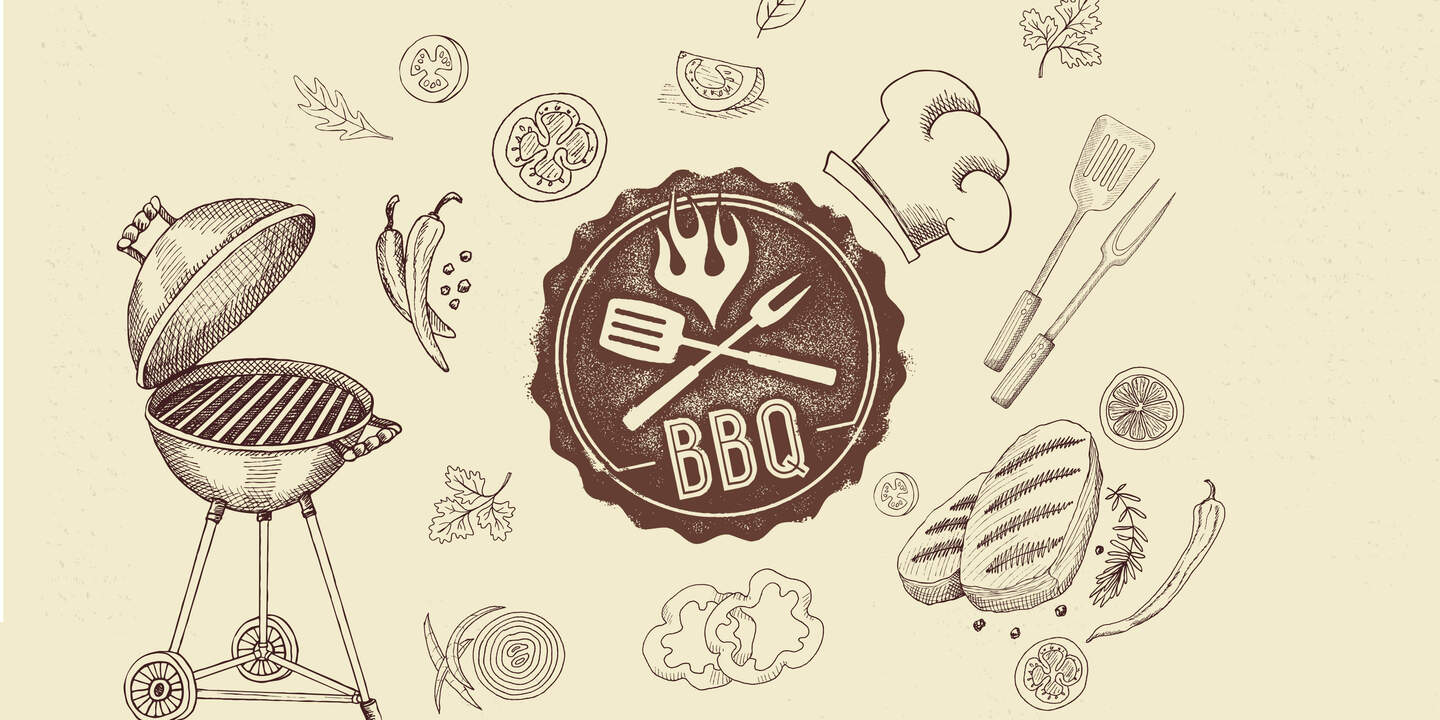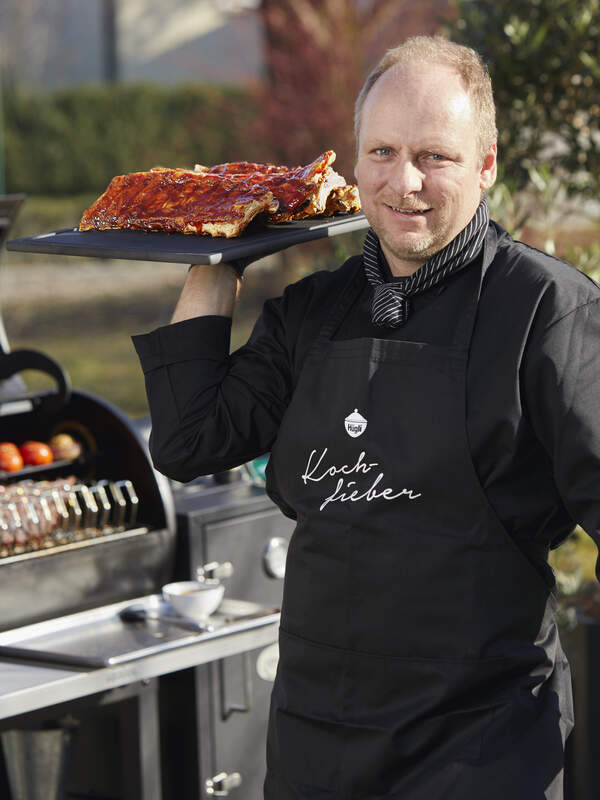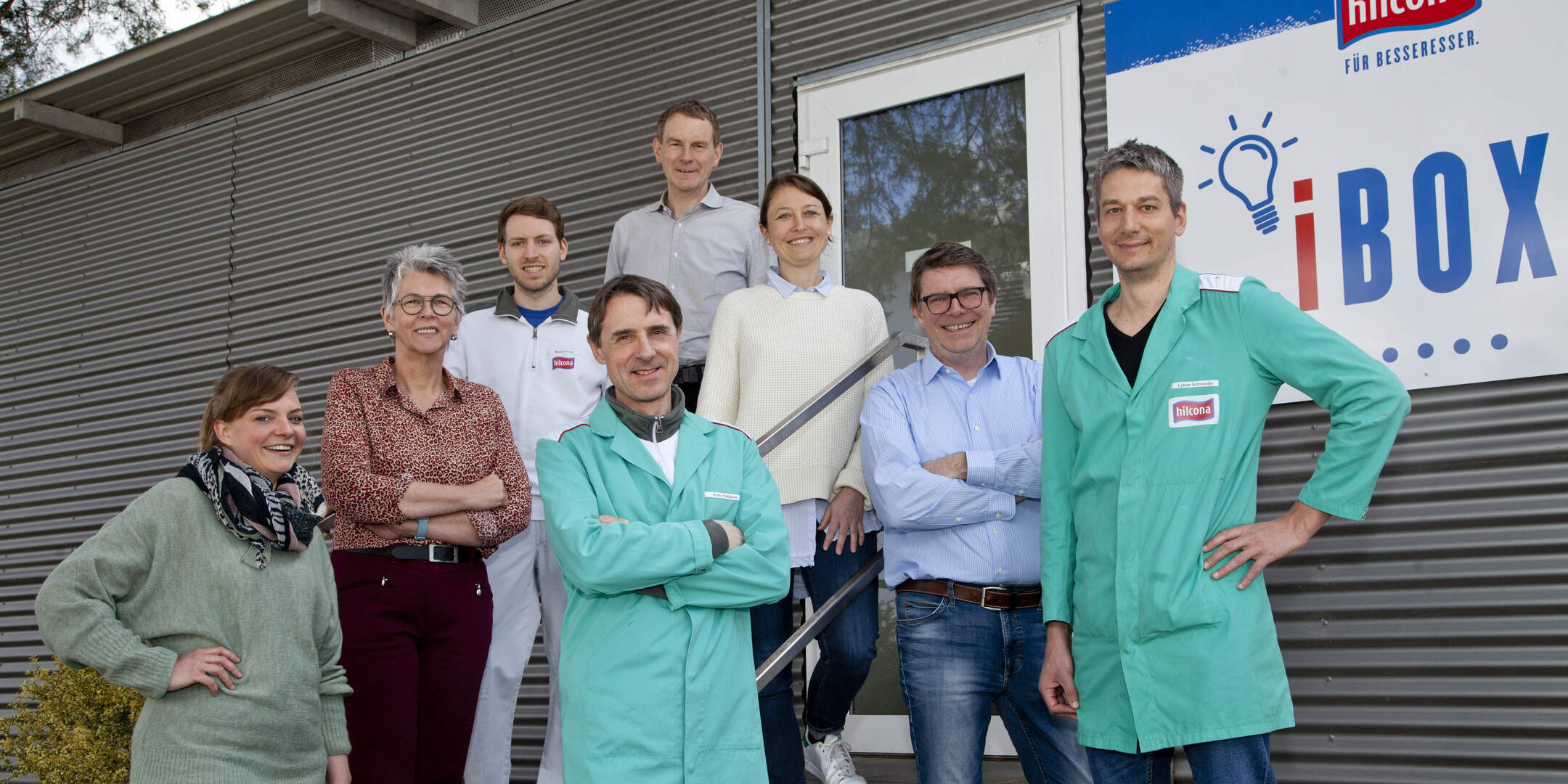«There are often only a few degrees between tender and dry»
Even as a child, Philipp Glauser loved to stand at the grill. Today the Head of Culinary Advisors at Hügli is a proven master of his trade: In 2015 he and his team «Chläggi Brutzler» were runners-up at the BBQ World Championship, and in 2018 the Swiss Champions. He reveals how even amateur barbecue enthusiasts can bring a top result to the table.
In this method, the meat is first seared over a high heat on all sides, just above the embers, or, if using a gas barbecue, over the flame, and then cooked until done next to the heat source with the lid closed. This may take longer than direct grilling, especially with large pieces of meat, but the result is a treat to look at, or rather, to taste.
Sole exception: barbecue sausages. They are grilled from A to Z on the embers. The grill should be adjusted so that they do not get too much heat. Otherwise, there will be what probably every «pitmaster» has experienced at least once: The sausage is more than crisp on the outside, but still cold on the inside.
It is hard to tell whether large pieces of meat or steaks are done just by looking at them, much more so than with sausages. So a digital meat thermometer is essential for the professional. «Nowadays, many people invest in a high-quality kettle or ceramic grill, so they should not skimp on the thermometer,» advises Philipp Glauser. «Because there is often only a few degrees' difference between a piece of meat that is tender and one that is dry».
As a general rule of thumb: any type of meat is cooked through at 72 degrees Celsius. Beef and lamb steaks should reach a significantly lower core temperature, depending on the desired degree of cooking. By the same token, pulled pork, which should be so tender that it can be pulled apart with forks, requires a higher temperature.
Finally, the BBQ professional has an unbeatable anti-stress tip up his sleeve: «If guests are late, you can wrap the already cooked meat in aluminium foil and keep it warm at the desired core temperature next to the grill or in the oven. The aluminium foil should remain open a little to allow moisture to escape». This keeps the meat warm and tender, so it doesn't matter if the barbecue evening begins a little later.


